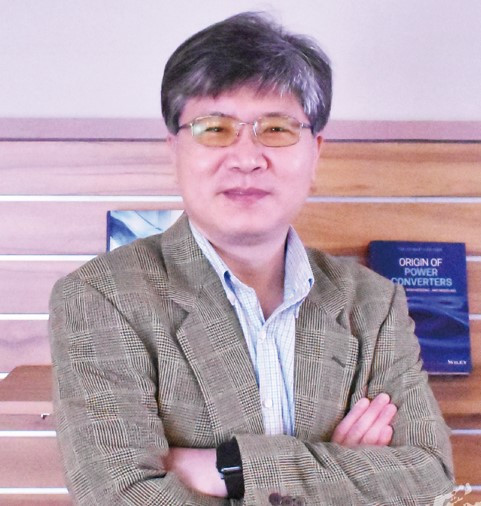第一列
Quantum random number generator (QRNG) is essential for scientific simulation, quantum communication and cryptography. In this project, we aim to develop high-speed, multi-channel integrated QRNG through probing quantum phase fluctuations of vacuum or squeezed states at room temperature. There are several salient features of this research work. First, a new integrated photonics technology platform is proposed to generate, operate, and detect continuous variable quantum states on a single chip. Next, these quantum fluctuations will pass through our designed low-noise, high-speed integrated homodyne detection circuits to convert to raw signals with wide bandwidth. These raw signals are then post-processed to real-time distill random number streams by a field programmable gate array (FPGA) module. We will use these random numbers in several key information technology applications such as quantum key distribution, digital signature and authentication, Monte Carlo methods and deep machine learning.
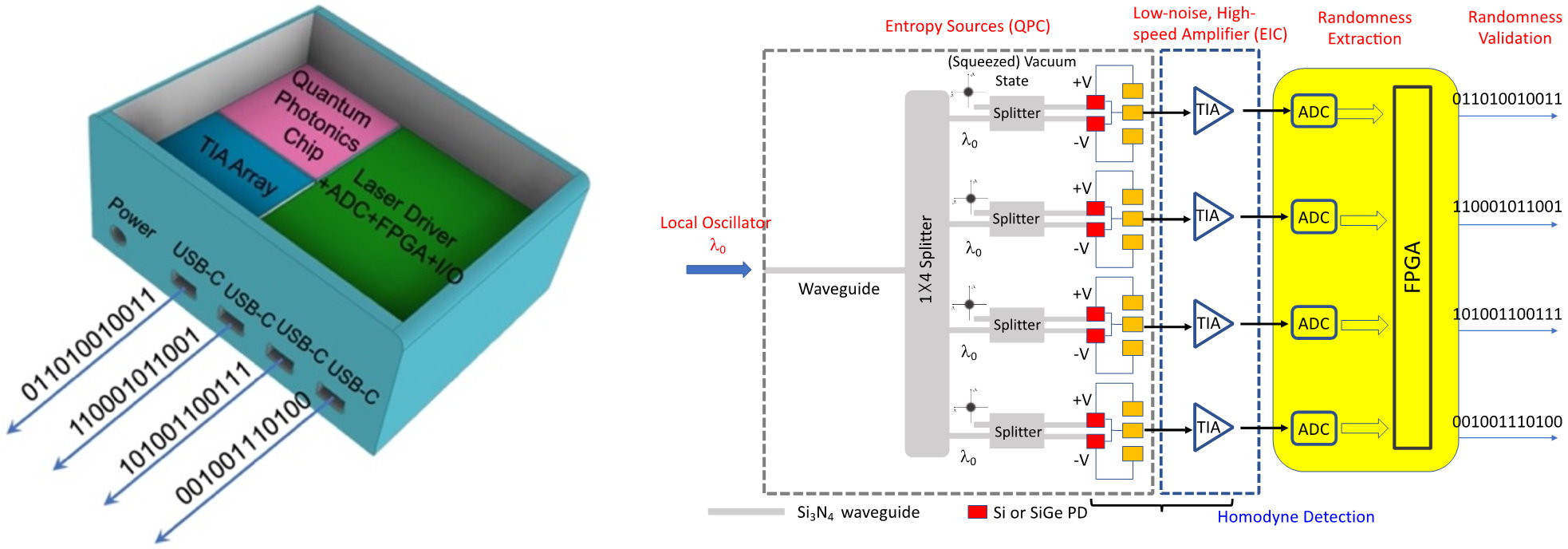
High-speed, multi-channel quantum random number generator, which is composed of three key components including quantum photonic chips, high-speed, low noise balance photodetectors and a field programmable gate array (FPGA).
-
Co-PI
-
Shao-Hui Hsu (Taiwan Semiconductor Research Institute)
Silicon Photonics Homodyne Detection Module
- Homodyne detection is an important measurement technique for examining the quadrature phase of continuous-variable quantum light. Traditionally, discrete optical components and circuits are connected together, which takes up significant space and makes multi-channel detection difficult. Using silicon photonics technology, discrete optical components can be integrated and assembled on a single chip, enabling multi-channel homodyne detection.
- In the past, silicon photonics technology has been used to integrate discrete optical components and balanced photodetectors on a chip. However, this achievement is the first to demonstrate the assembly of silicon photonics components, fibers, and backend homodyne detection circuits on a PCB into a single module.
- The homodyne detection module is a key component for reading vacuum state quantum noise, which is the source for generating quantum random numbers. It will be integrated with an FPGA module in the future to form a portable quantum random number generator.
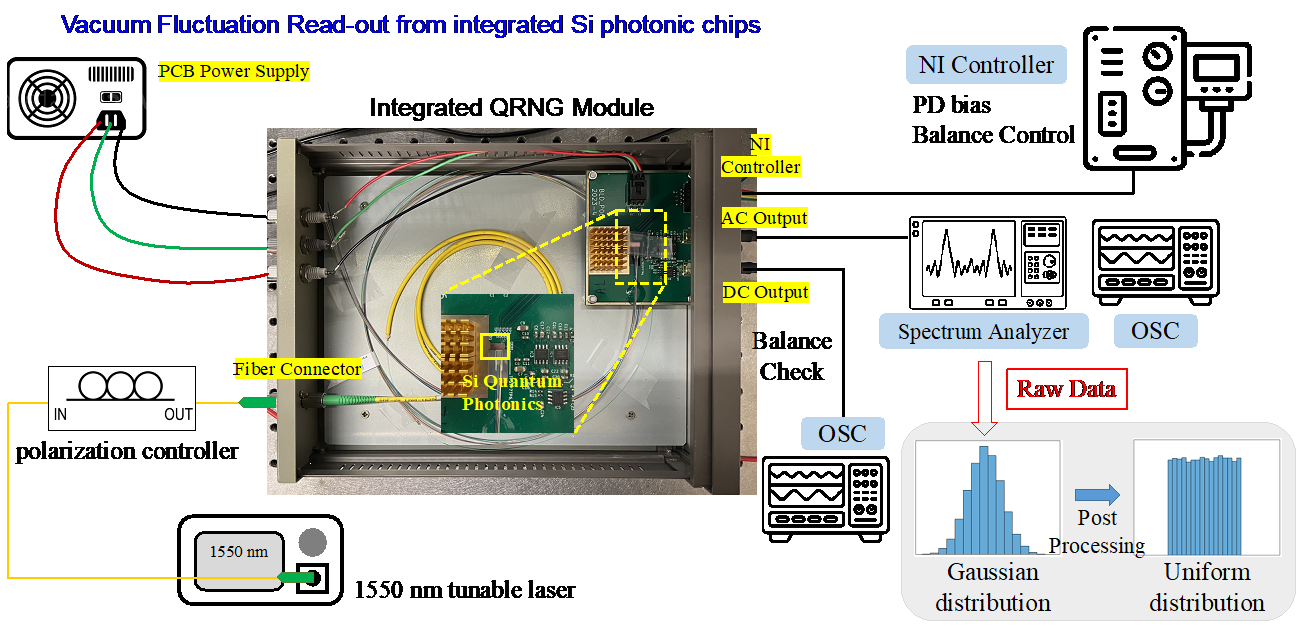
Silicon photonic quantum homodyne detection module applied to random number generation.
This module integrates a fiber array, silicon photonic quantum chip, and homodyne detection circuit on a single circuit board. It can simultaneously monitor optical balance and output vacuum state quantum noise for generating random numbers.
Post-treatment process for smoothening waveguide sidewall roughness
- After etching, the waveguide typically forms a rough surface on the sidewalls, which causes transmission loss in the waveguide, making it impossible to achieve high-quality factor resonators.
- We developed a post-processing technique that can significantly reduce sidewall roughness after waveguide etching. TEM morphology observations can confirm that this technique can repair the uneven morphology of the waveguide sidewalls after etching, reducing the roughness to below one nanometer.
- The ultimate goal of this project is to develop a silicon nitride photonic quantum platform that can generate and detect photonic quantum states simultaneously. The aforementioned post-processing technique is beneficial for achieving low optical transmission loss in future silicon nitride waveguides.
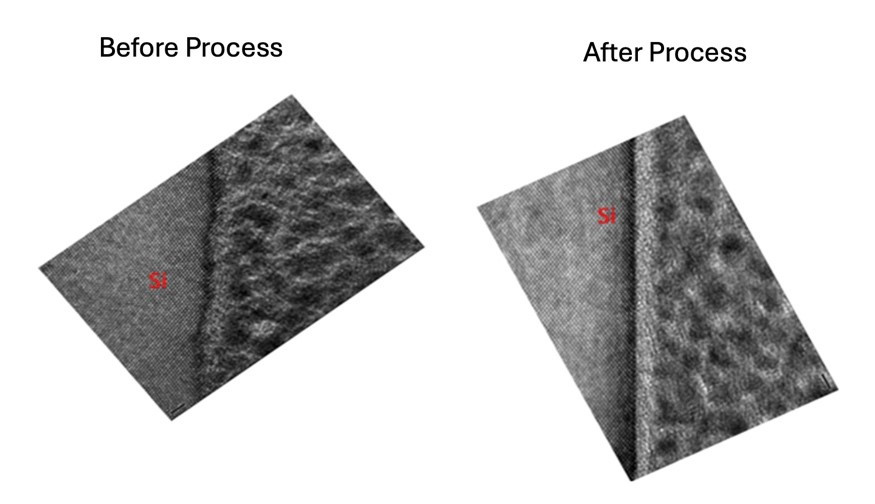
Left TEM: Waveguide sidewall morphology immediately after etching;
Right TEM: Waveguide sidewall morphology after post-processing
Generation, measurement, and randomness analysis of continuous vacuum state phase
- Analyzing the randomness of the continuous vacuum state phase as the basis for generating quantum random numbers
- Typically, the original measurement of the vacuum state phase signal is mixed with noise from other electronic components. We need to filter out the actual vacuum state phase signal through backend signal processing.
- The goal of this project is to measure the disturbances in the continuous vacuum state phase to generate quantum random numbers.
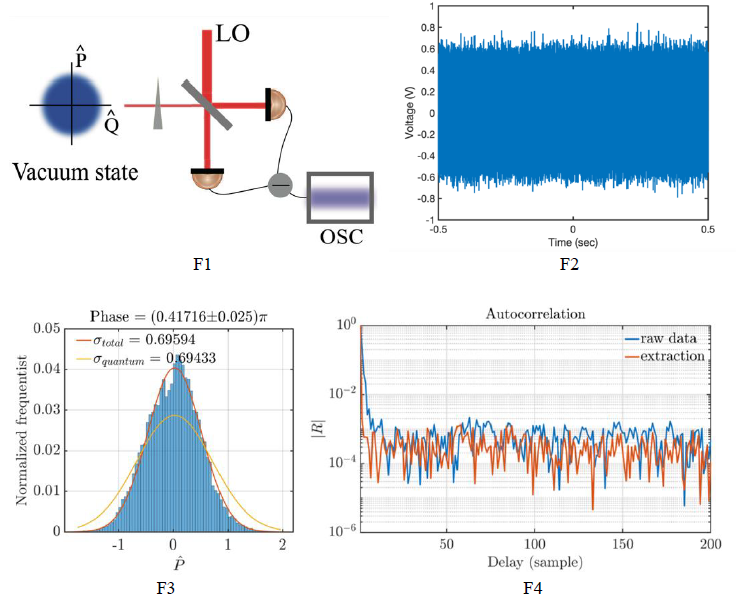
We measured the vacuum state phase disturbances using discrete optical and electronic components on an optical table (F1). The phase disturbances are displayed on the oscilloscope as shown in F2. Next, we analyze the distribution of vacuum state phase disturbances from the data stored in the oscilloscope, as shown in F3. Finally, we analyze its autocorrelation to determine its randomness.
